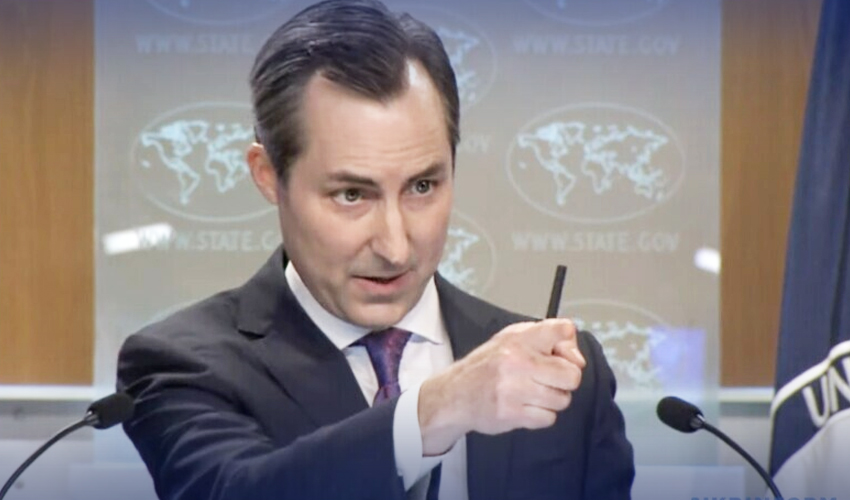US cautions against 'potential threat of sanctions' over Pakistan-Iran agreements
State Dept spokesman says Washington has been Islamabad's leading investor for 20 years
State Dept spokesman says Washington has been Islamabad's leading investor for 20 years
Team management to take decision shortly in line with Rizwan's participation
Roads in Karachi closed to traffic
Purpose is to discourage irregular migration to UK, especially of individuals entering on small, dangerous, illegal boats
Addressing systemic challenges and promoting inclusivity
Premier vows to oversee reforms in tax system
Declining GDP, terrorist support by Taliban compound economic woes
Gillani calls for family planning
Analysis of alleged Hindu nationalist agenda and democratic challenges
State Dept spokesman says Washington has been Islamabad's leading investor for 20 years
Aurangzeb says govt efforts have led to increased tax collection, reduction in current account deficit
In the first phase of the program, 40 primary schools will receive mid-day meals from this week
Revitalizing Thandiani and Gangwa to boost tourism
5,720 Iranian pilgrims expected to travel to Saudi Arabia for Umrah this year, according to state media
ASI demanded e-visa from passenger, who explained his mobile phone battery was depleted
Team management to take decision shortly in line with Rizwan's participation
Jam Sales spark comparison with King Charles' charity endeavors
Through this functionality, users gain the ability to store specific messages along with supplementary details
Purpose is to discourage irregular migration to UK, especially of individuals entering on small, dangerous, illegal boats
Doctor says habit of eating outside rather than home-cooked meals has also affected children's health
Study discovers that sound coming from a disturbed plant could be heard over a meter away
Economic ups and downs can be managed through 'Charter of Economy'

